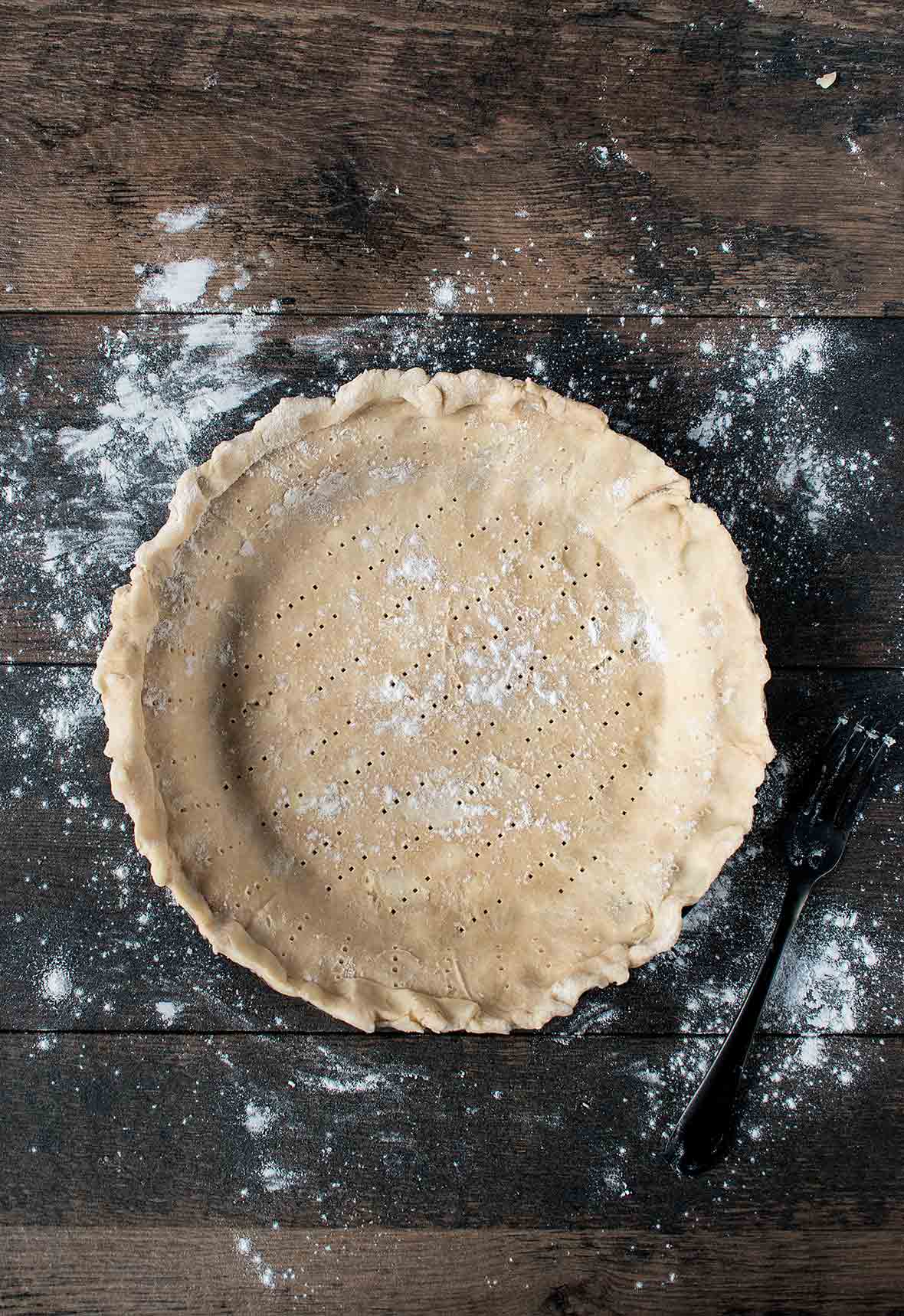

Lard and Butter Pie Crust
Ingredients
- 2 1/2 cups all-purpose flour, stashed in the freezer until cold
- 1 teaspoon salt
- 2 tablespoons granulated sugar
- 13 tablespoons (6 1/2 oz) cold unsalted butter, cut into 1/2-inch (12-mm) cubes
- 8 tablespoons (4 oz) cold lard, cut into 1/2-inch (12-mm) cubes
- 4 to 6 tablespoons ice water
Instructions
- In a food processor fitted with metal blade, combine the flour, salt, and sugar.
- Toss in the butter cubes and process with five 1-second pulses.
- Toss the cold lard into the processor and continue pulsing until the butter is no larger than the size of peas and the flour is pale yellow and resembles coarse cornmeal, about four 1-second pulses. Dump the flour mixture into a medium bowl.
- Sprinkle 3 tablespoons of ice water over the flour mixture. Working quickly, use a fork to fluff and mix thoroughly. Squeeze a handful of dough—if it doesn’t stick together, add the remaining water, 1 tablespoon at a time.
- Handling the dough as little as possible, divide it into 2 balls, one slightly larger than the other. Flatten each portion of dough into 6-inch discs. Wrap in plastic wrap and refrigerate for 30 minutes.
- On a lightly floured work surface, roll each portion of dough to slightly larger than your pie plate. Carefully drape the slightly smaller portion of dough in the plate. If desired, prick the bottom crust with the tines of a fork, if desired.
- Fill with your favorite pie filling recipe, top with the remaining portion of dough and crimp the edges. Trim any excess dough that hangs over the edge. Freeze the unbaked pie for up to several weeks or transfer it to the fridge for at least 30 minutes before baking according to your recipe. Originally published January 9, 2002.
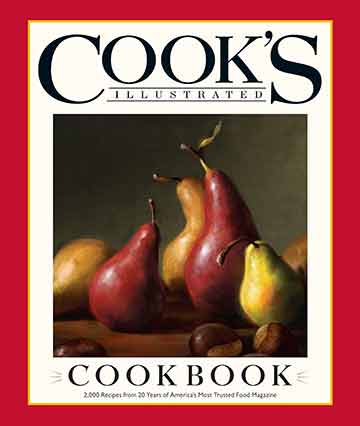
Nutrition
Nutrition information is automatically calculated, so should only be used as an approximation.
Recipe Testers’ Reviews
This was one of the best pie crusts I’ve ever tasted. It was also one of the easiest to make. With this recipe in your arsenal, you’ll always get great compliments on your pies.


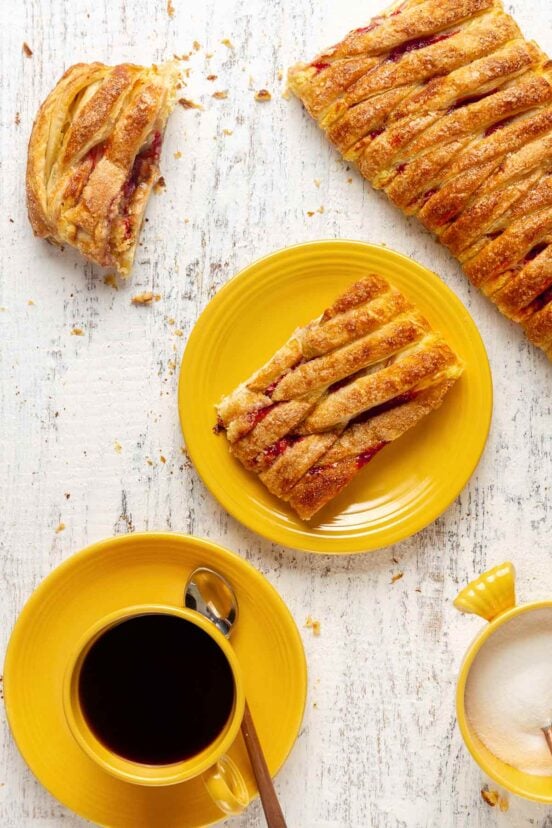
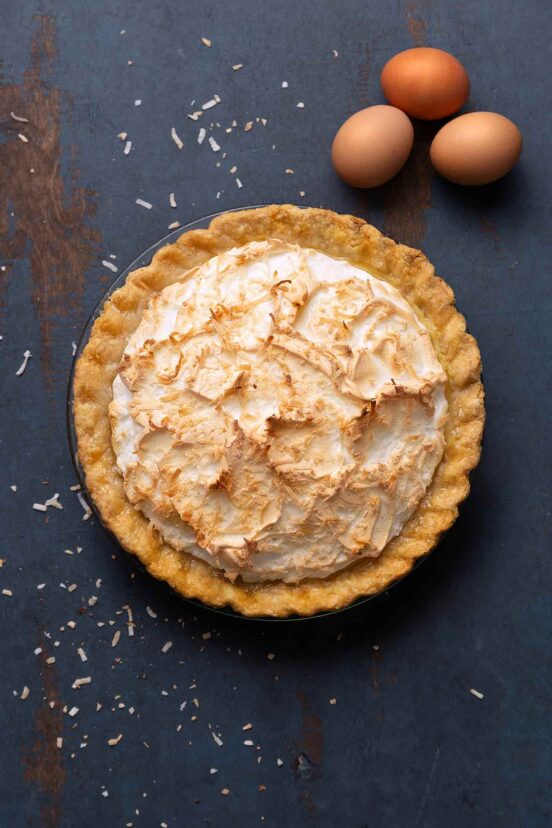
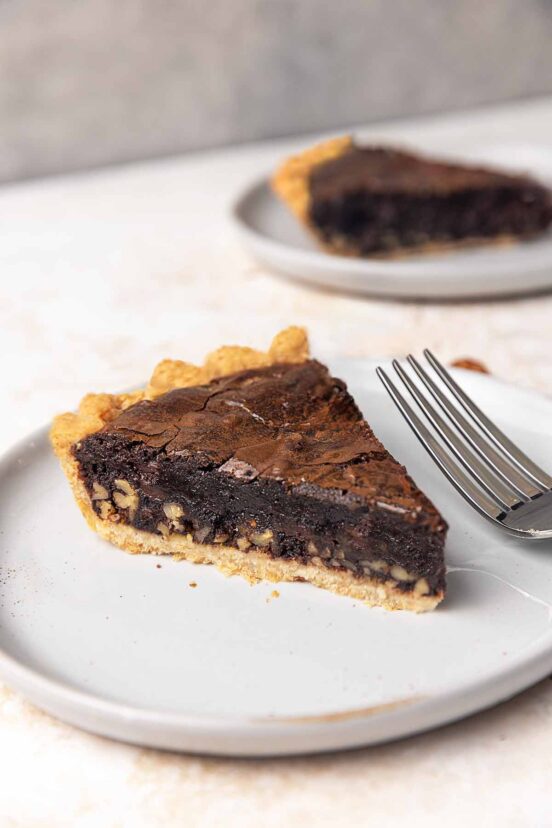









I made this many times last year, but this year I made it with pie flour and it just seems so short. Should I back down the butter when using the much finer pie flour?
Ps. Love the taste! Thanks
Elaine, Glad you like the taste. My suggestion is not to use pastry flour, but rather all-purpose. This recipe was developed for all-purpose. Pastry flour has a lower protein content, which will make it more crumbly, or short. When you add the requisite butter and lard, it’ll crumble more. By using all-purpose flour and the stated amount of butter and lard, you’ll get a beautiful, flaky crust that would be almost indistinguishable from one made with pastry flour. If you want to use pastry flour, reduce both the butter and lard by 1 to 1 1/2 tablespoons each.
Oh, are you using both types of fat? They have different properties. An all-butter crust will give you a flakier, more flavorful crust with a rich, slightly sweet taste. Butter has a higher water content than lard, which contributes to the flakiness but might make the crust a bit less tender. An all-lard crust results in a very tender and flaky crust with a more neutral flavor. Lard doesn’t have the water content that butter does, so the texture may be slightly more crumbly.
I rendered leaf lard from a local piggy, and was really excited to give it a try in a baking recipe. Ended up making mini galettes with blueberry, lemon and thyme filling. This recipe was perfect!! The lard resulted in a crust like I’ve never been able to make before. Wow!
Rendered your own leaf lard?! How industrious, Suebeedo! I can only imagine how light and flaky your crust turned out to be. Thank you for writing—we’re so happy to know that the recipe was a success!
Respect, Suebeedo. Repect!
Thank you. When you carefully trim, render in a slow cooker and watch for the right timing to catch the “first-render” it is quite amazing, white and nearly odorless. I was so pleased. Would do it again!
You’re more than welcome, Suebeedo. Those are gorgeous!
I call it my patchwork crust. It got a little warm as I was about to finish rolling it out. Summer in NC!! Tastes great, easy to make. Thank you!
It looks great, Barbara. What kind of pie did you make?